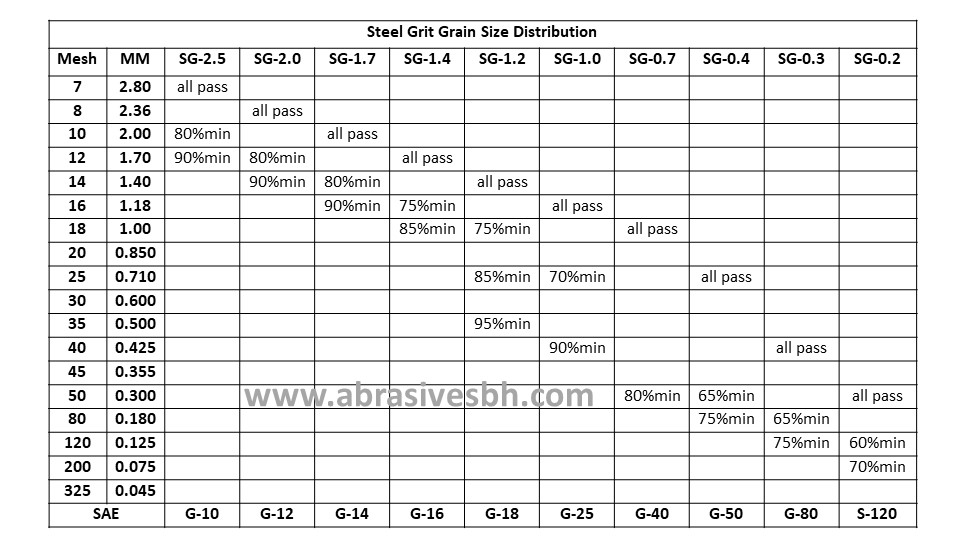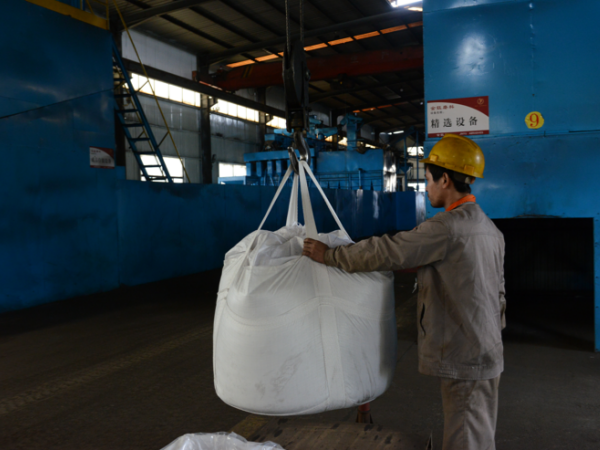
In the field of surface preparation and shot peening, stainless steel shot has become one of the most trusted abrasive media worldwide. Known for its durability, corrosion resistance, and ability to deliver a clean finish, stainless steel shots are widely applied in automotive, aerospace, foundry, and stainless steel product industries.
Stainless steel shot is a spherical abrasive media made from stainless steel. It is used in shot blasting and shot peening to clean surfaces, remove rust, prepare coatings, and improve fatigue resistance, offering long service life and a contamination-free finish.
If you are exploring blasting media options or considering upgrading from carbon steel shot, understanding the types, specifications, and applications of stainless steel shots can help you make a better decision.
This guide explains everything you need to know — from classifications and standards to application fields and supplier selection — helping you choose the right stainless steel shot for your needs.
Table of Contents
Stainless steel shot refers to spherical metallic abrasives manufactured from stainless steel wire or cast stainless steel. Unlike carbon steel shot, it is designed to resist corrosion, reduce dust generation, and provide a brighter, non-contaminating finish.
Stainless steel shots are durable abrasive media made from 304 or 430 stainless steel, used for blasting, cleaning, and peening applications where corrosion resistance and surface cleanliness are critical.

Depending on the raw material and production process, stainless steel shots can exhibit different levels of corrosion resistance, hardness, and service life. These differences directly affect performance and cost in industrial blasting operations.
Stainless steel shot is not just another abrasive — it ensures both functional strength improvement and aesthetic surface appearance, making it the media of choice for high-value applications.
How Is Stainless Steel Shot Classified?
Stainless steel shots can be classified in two primary ways: by material type and by manufacturing process. Each classification affects durability, corrosion resistance, and blasting results.
The two main classification methods for stainless steel shots are: by material type (304 and 430) and by production process (cast stainless steel shots and stainless steel cut wire shots).
1. By Material Type (304 vs 430 Stainless Steel)
- 304 Stainless Steel Shots
- Excellent corrosion resistance
- Non-magnetic, widely used in food, medical, and precision industries
- Higher cost, but ensures contamination-free surfaces
- 430 Stainless Steel Shots
- Magnetic, harder and more economical
- Good durability for general blasting and cleaning
- Common in steel mills, foundries, and shipyards
Choosing between 304 and 430 stainless steel shots depends on whether corrosion resistance or cost-efficiency is your top priority.

2. By Production Process (Cast vs Cut Wire)
- Cast Stainless Steel Shots
- Produced by melting and atomizing stainless steel
- Cost-effective for large-volume blasting
- Available in a wide range of sizes and hardness levels
- Stainless Steel Cut Wire Shots
- Manufactured by cutting stainless steel wire into consistent lengths, then rounded
- Superior dimensional accuracy and density
- Longer lifespan and reduced dust, but higher cost
For mass surface treatment, cast stainless steel shots are preferred, while cut wire shots are ideal for applications demanding precision, longevity, and cleanliness.
What Are the Main Specifications and Standards?
Stainless steel shots are manufactured according to strict international standards, ensuring consistent size distribution, hardness, and performance.
The most common stainless steel shot sizes range from S70 to S780. International standards include SAE J444, SAE J827, ISO 11124, and JIS R6001.

- Size Range (SAE Standard):
- Fine: S70 (0.18 mm)
- Medium: S330 (0.8 mm)
- Coarse: S780 (2.0 mm)
- Hardness Range: 40–50 HRC (standard) or 50–60 HRC (high-hardness types)
- Certifications: ISO 9001, ISO 11124-3, REACH, RoHS compliance
Always request the supplier’s size chart and compliance certificates to ensure compatibility with your blasting equipment and quality requirements.
Where Are Stainless Steel Shots Used?
From automotive parts to stainless steel cookware, stainless steel shots have found applications across multiple industries where clean, corrosion-free finishes are essential.
Stainless steel shots are widely used in aerospace, automotive, foundry, medical, and food industries for cleaning, shot peening, and coating preparation.
- Aerospace & Automotive: Improve fatigue life of gears, springs, and turbine blades.
- Foundry & Steel Mills: Remove rust, scale, and casting residues.
- Medical & Food Equipment: Deliver sterile, contamination-free surfaces.
- Construction & Shipbuilding: Provide durable coating adhesion.
The versatility of stainless steel shot makes it a cross-industry solution for both performance and aesthetics.
Stainless Steel Shot vs Carbon Steel Shot: Which Is Better?
One of the most common questions in blasting operations is whether stainless steel shots are worth the higher price compared to traditional carbon steel shots. Both have their place in the industry, but they perform very differently when it comes to durability, surface quality, and long-term cost efficiency.
Stainless steel shots last 3–5 times longer, generate less dust, and prevent rust contamination, while carbon steel shots are cheaper but wear out faster and may stain the workpiece.
Comparison Table: Stainless Steel Shot vs Carbon Steel Shot
| Feature / Property | Stainless Steel Shot | Carbon Steel Shot |
| Durability (Lifespan) | Lasts 3–5 times longer, higher recyclability | Shorter lifespan, requires frequent replenishment |
| Dust Generation | Low dust, cleaner working environment | Higher dust levels, more frequent cleaning needed |
| Surface Finish | Bright, contamination-free finish, ideal for stainless steel, aluminum, non-ferrous | May leave rust stains or dark finish, not suitable for non-ferrous metals |
| Corrosion Resistance | Excellent, does not rust, prevents contamination | Prone to oxidation/rust, can contaminate blasted surfaces |
| Consistency | More uniform particle size and hardness → stable blasting results | Inconsistent performance over cycles |
| Applications | Aerospace, medical, food-grade, stainless steel products, high-value industries | Heavy industry, steel structures, general cleaning |
| Initial Cost | Higher upfront price | Lower upfront price |
| Long-Term Cost | Lower overall cost per cycle due to longer lifespan and reduced downtime | Higher total cost due to frequent replacement and maintenance |
The choice depends on the type of project and industry requirements. For heavy industries where cost control is more important than precision—such as steel structures and shipbuilding—carbon steel shots may still be used. However, in aerospace, automotive, food processing, and stainless steel manufacturing, stainless steel shots clearly outperform, as they prevent contamination and reduce downtime from frequent media replacement.
For companies that prioritize surface quality, efficiency, and long-term economy, stainless steel shots are the superior choice, offering a much higher return on investment than carbon steel alternatives.
How to Choose a Reliable Supplier?
The performance of stainless steel shot is highly dependent on supplier quality control and certification.
Choose suppliers with ISO/REACH/ROHS certifications, stable production capacity, and proven track records in global markets.

- Check Certifications: ISO compliance, third-party audits.
- Evaluate Production Technology: Double-quenching, tempering processes.
- Consider Logistics: On-time delivery, flexible MOQ, OEM packaging.
- Ask for Trial Samples: Verify performance before bulk order.
A reliable supplier is not just a vendor, but a long-term partner in your blasting operations.
Conclusion
Stainless steel shots are essential abrasive media for modern industries, offering unmatched corrosion resistance, long lifespan, and clean surface results. By understanding their classifications — 304 vs 430 and cast vs cut wire — along with their specifications and applications, you can make the right choice for your workshop or factory.
Looking for a trusted stainless steel shot manufacturer? Contact BH Steel Abrasives for free samples, detailed specifications, and competitive quotes.
